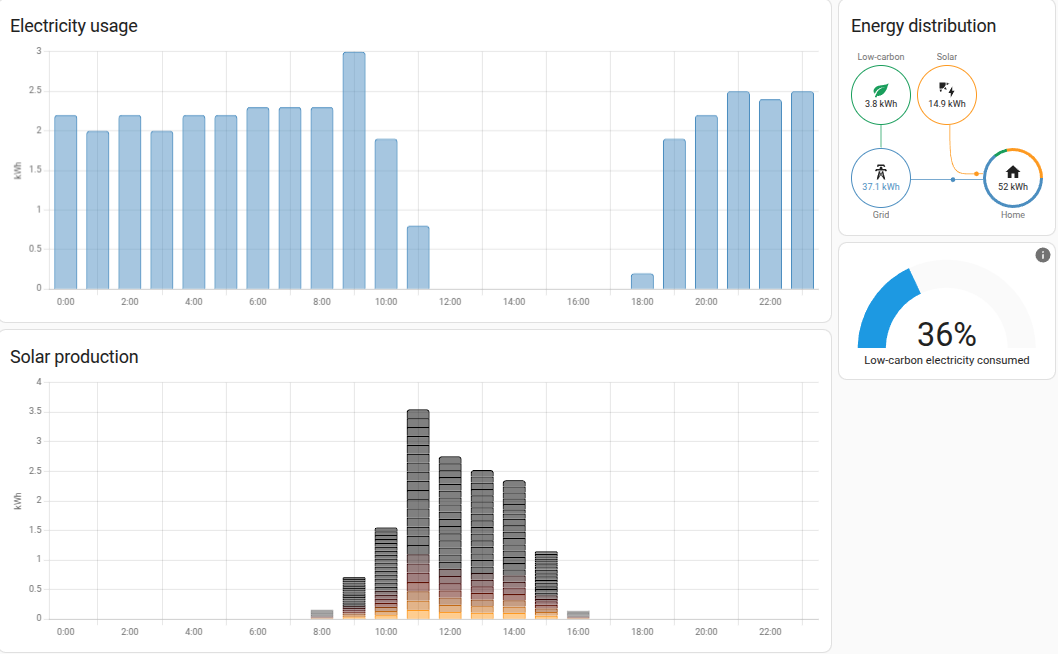WE Cruise the Rhine

In celebration of a significant number of decades of wedded bliss, we did a river cruise on the Rhine, courtesy Ama Waterways. The Route I've drawn this by hand, so our actual distance covered was likely more, over 800km. The plan She has consented to do carry-on only luggage, as we have a couple of multi-hour periods where a big bag would be painful to deal with. We reached a good agreement on what is really essential travel stuff. Itinerary Monday May 12th to Montreal, then overnight to Amsterdam arriving May 13. No one had announced direct flight when we booked all this. Stay in Amsterdam at the Rho Hotel See the sites in Amsterdam until we board our boat the AmaPrima on May 14. May 15, we stay docked the first night, and go on a canal tour in Amsterdam in the morning May 16, we dock at Dusseldorf walking tour of Dussledorf walking tour of Cologne May 17, we dock at Rudesheim bike tour of the Rheingau Siegfried's Mechanical Music cabinet May 18, we dock at Ludwigshafen (Mann...



